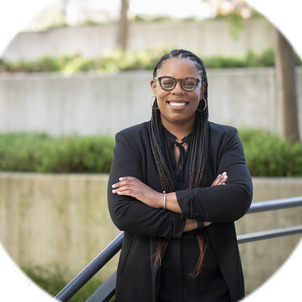Approximately 85,000 people receive bachelor’s degrees in engineering and related fields each year. Of those awarded a BS in engineering annually, fewer than 25% are female. And far fewer than 25% are underrepresented minorities (African Americans, Latinos, Native Americans and Pacific Islanders).
Based on a study that was done by Elaine Seymour, which included Stanford students, women – more so than men – like to have a notion of how what they’re learning is going to affect their place and impact on the world. They say, “I want to do things that I know are going to make a difference.” In response to this, we have discovered a couple of approaches that show good promise in retaining more engineering students:
1) Put some hands-on engineering in the first two years of college, whether it be design or interesting analysis problems. That way students immediately see upfront how all of the math and science are useful; they’re the tools we use to do real engineering work, not just another laborious problem set.
2) Another important piece that’s showing traction in terms of retention is a pedagogy called “active learning.” It changes the model where students sit and passively scribble down what the teacher is saying in a notebook to have the professor give a mini-lecture and classmates team up in groups to actually apply what they’ve just learned. In this sense, teaching becomes much more like coaching. As a professor, I stand by and watch and step in when you need help getting to the next step. There’s really strong evidence that this leads to a deeper understanding of ideas. It also has the benefit of creating community, teaching students that they’re not in it by themselves.
Related spotlights

Lara Weed

Sebastian Fernández

